Mountain goats and the rules of hiking were still on our minds when we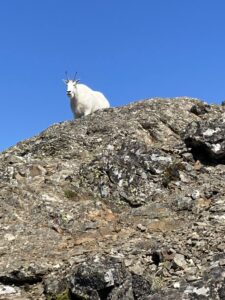 touched down at Detroit Metro and started our trek to offsite parking.
touched down at Detroit Metro and started our trek to offsite parking.
Those mountain goats had been easily a half mile away and hundreds of feet above us when we first saw them. In Glacier National Park, none of this is rare. Lots of mountain goats, lots of things far away, lots of things way above your head…even though you’re already a mile or more high to start with.
What we weren’t ready for was how much better they were at covering the vertical and horizontal distances. We were on the Highline Trail, and we’d taken a detour to see Grinnell Glacier from above. So, in addition to a 11.5 mile hike, we added a 1000ft climb over an extra mile to get this view.
It was completely worth it, and the goats agreed. The difference was our detour probably took us an hour of hiking. They did it in minutes.
The rest of the hike didn’t reveal much more wildlife. Just spectacular views, a bunch of golden chipmunks, a mule deer, and lots of people. It was great, and I recommend it to anyone, as long as you don’t mind unhappy endings: The last four miles has about a 2400ft drop, or almost 20% grade — that’s the kind of steep where if you’re on a paved road you see warning signs showing the silhouette of an eighteen-wheeler plummeting down the silhouette of Mt. Everest.
So overall the Highline experience was kind of like watching the Princess Bride all the way to Inigo Montoya winning the fight (sorry if that’s a spoiler) and Wesley and Buttercup reuniting, and then instead of them all hopping on beautiful white horses and riding to freedom you find yourself teleported into Shakespeare’s Titus Andronicus and everybody’s getting stabbed, or buried to the neck and left to die, or baked into pies and fed to their mom.
Anyway, we were sore for a couple of days, but in those days we still did a lot more hiking, saw bighorn sheep close up (maybe too close), moose at fifty yards (better), grizzlies across a big lake (perfect!), and lots of mountains and waterfalls and people.
One of our favorite people was Linnea, the park ranger who we joined for our last, mellow hike, and who taught us all kinds of interesting things, among which were her three rules of hiking, as taught to her by her dad and field-tested over the years since.
Rule 1: Don’t fall.
Rule 2: Don’t throw rocks at people below you.
Rule 3: If you’re scared, you’re going the wrong way.
We followed all of those rules that week, and we were still talking about how not to fall on trails or on moving walkways in airports when my boot lace, which I hadn’t tied all the way up, got caught in those little fork slots at the end of one of those walkways and sent me flying — not very far, because the bootlace wasn’t THAT long — knee, then chest, then face first onto the very flat, very smooth floor at Detroit Metro. I was the only one laughing as I rolled over, even though I was also the only one whose knee was bleeding and whose backpack had spit up its contents.
Louis Pasteur said, “chance favors only the prepared mind.” Shoelaces had already been invented by the time he started heating milk — probably not mountain goat milk, but milk — to kill bacteria, but there were no airports or hiking boots, so he couldn’t have had my particular situation in mind. But he was right. You can make your own luck, good OR bad. But you should try not to make your own karma.
Not throwing rocks at people below you is a good way to start. But don’t fall either.
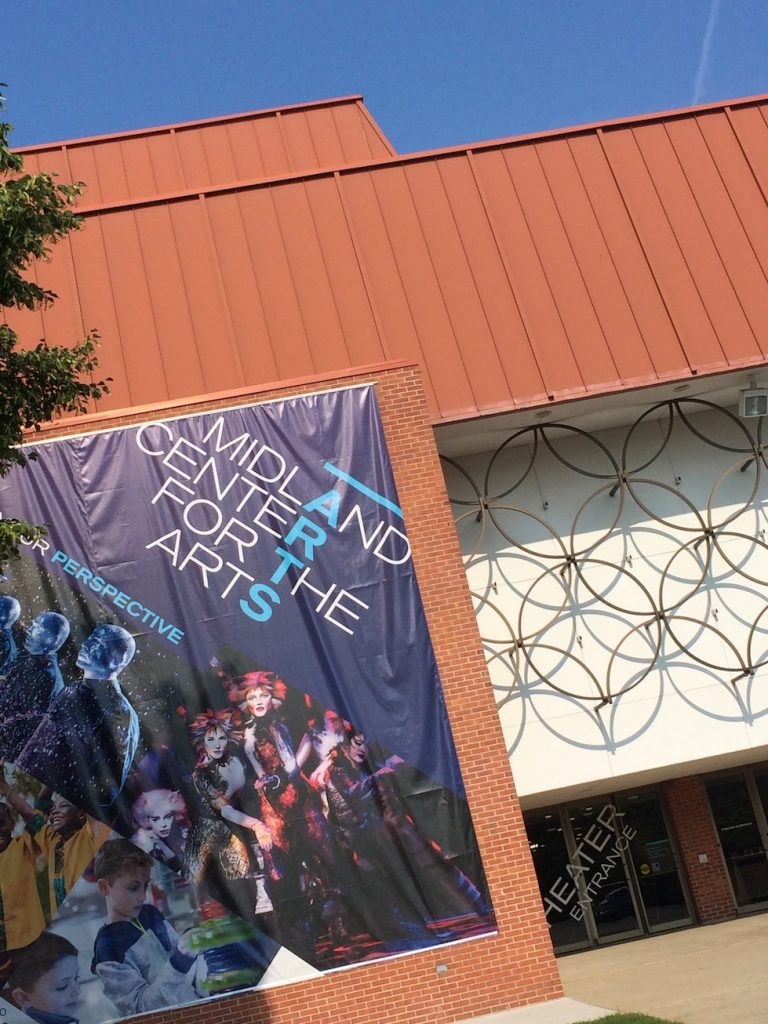
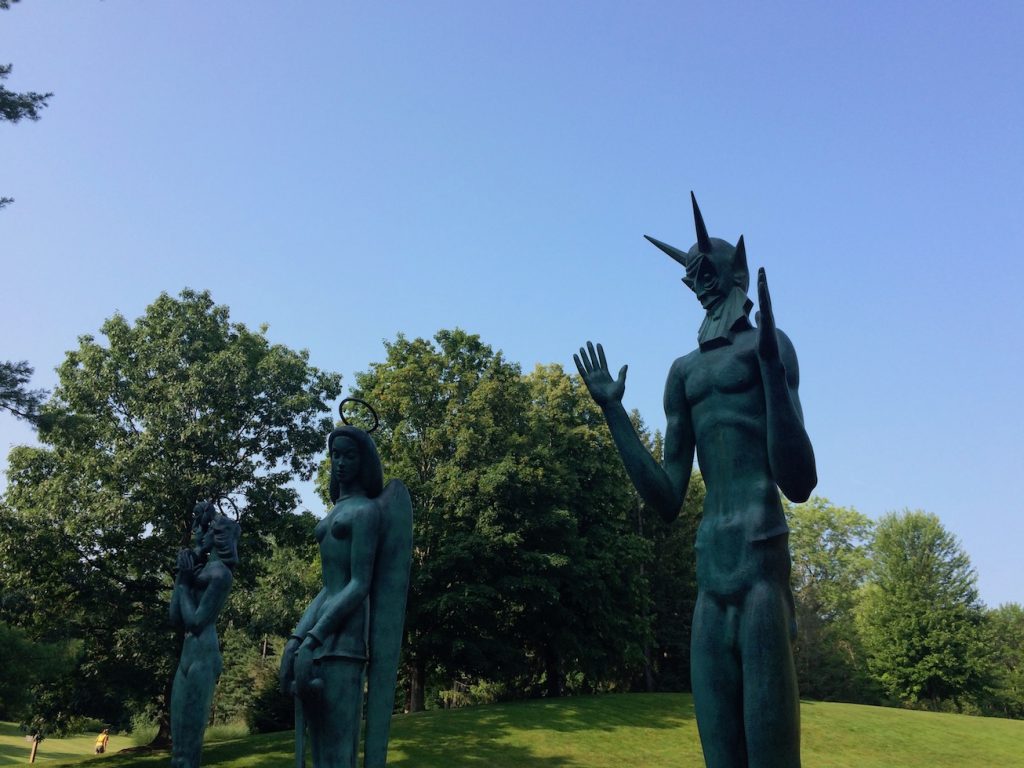
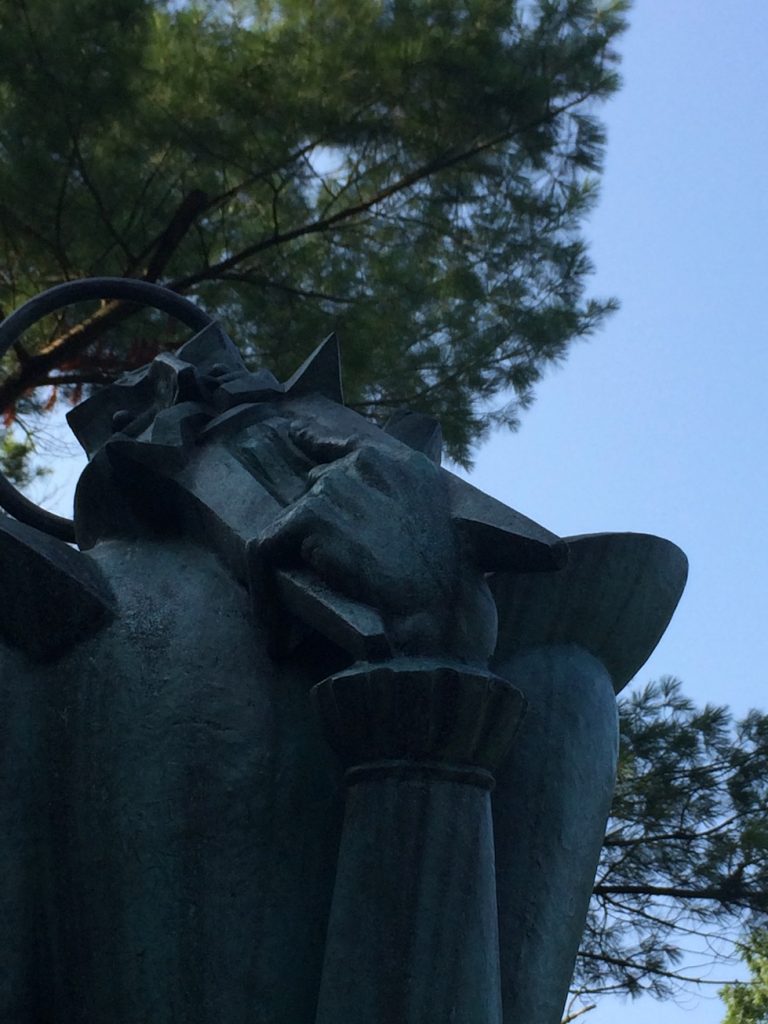
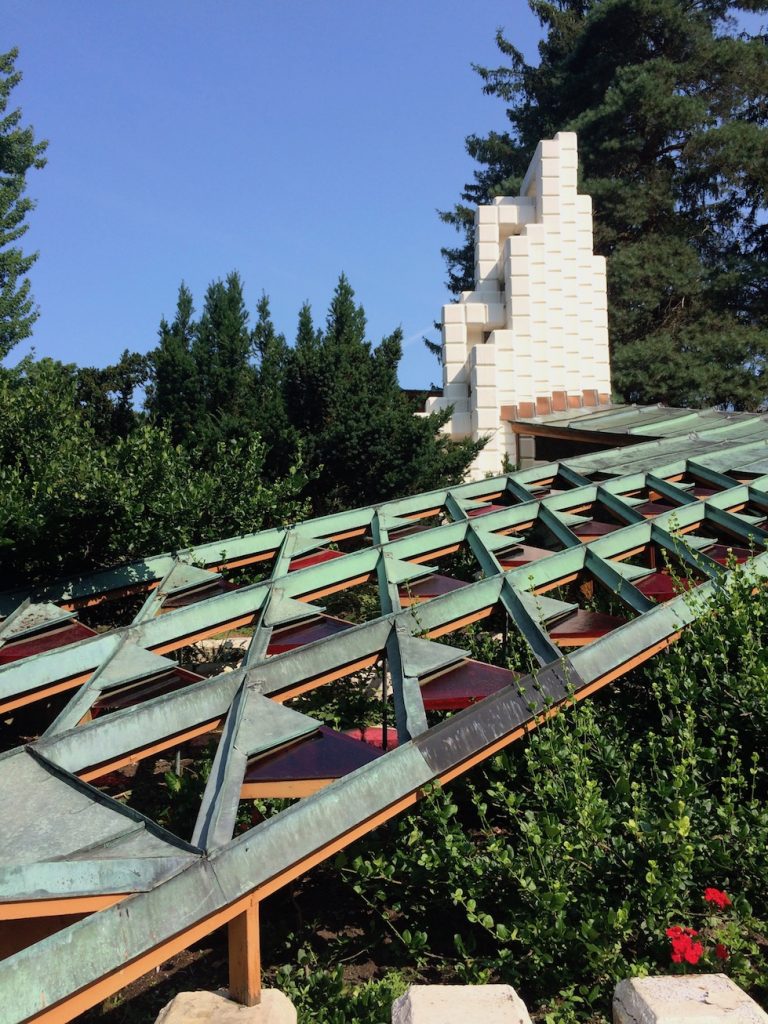
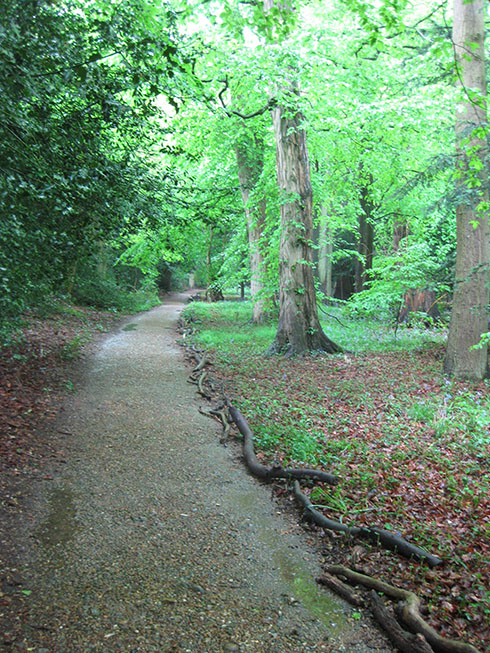 (Well, that and the “Hardcover and Full Color Everywhere by Aaron Polk” thing. You’ll love this book in its final form.)
(Well, that and the “Hardcover and Full Color Everywhere by Aaron Polk” thing. You’ll love this book in its final form.)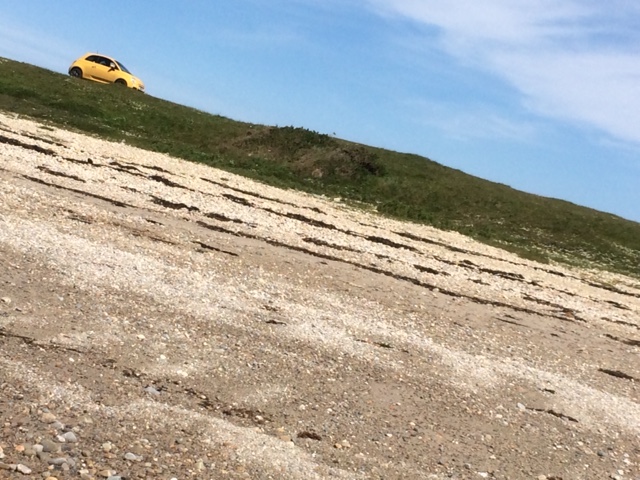
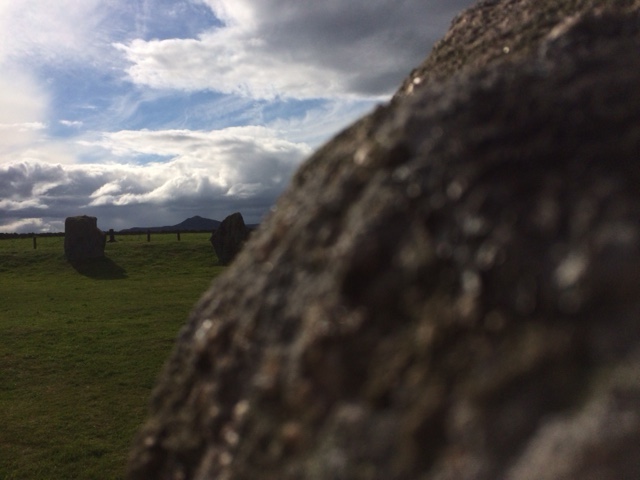
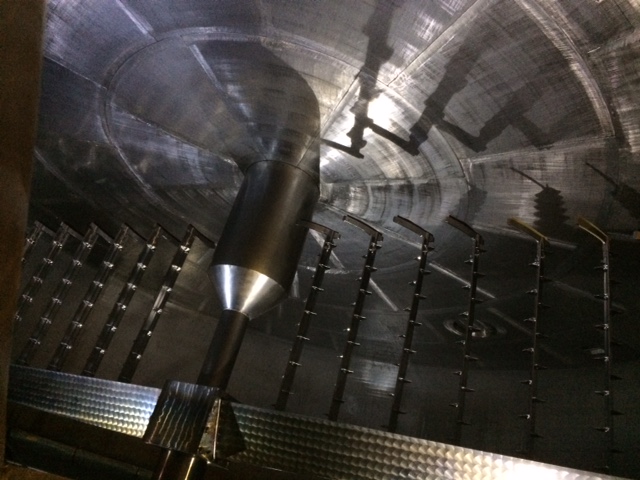
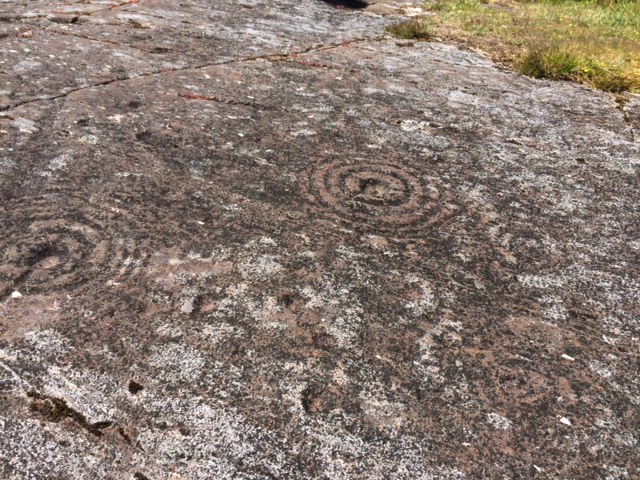
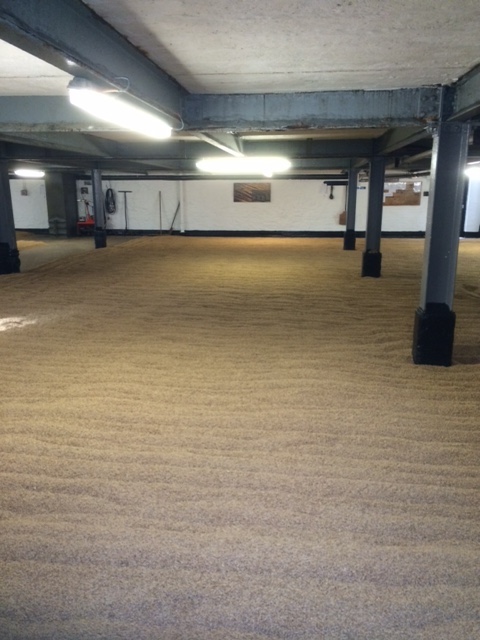
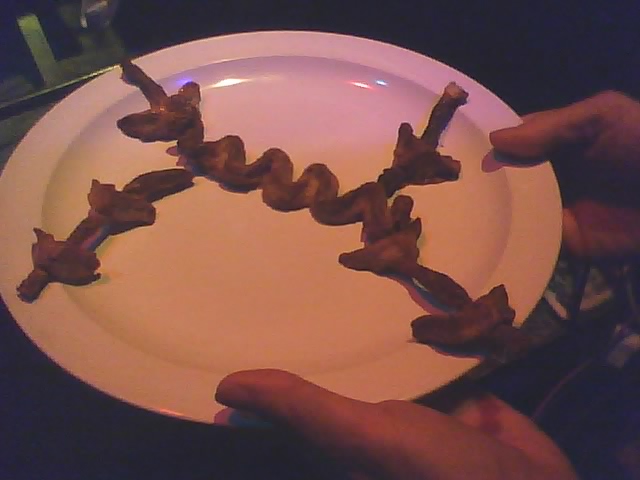 Susan Hwang’s Feynman Diagram Pretzels
Susan Hwang’s Feynman Diagram Pretzels 

